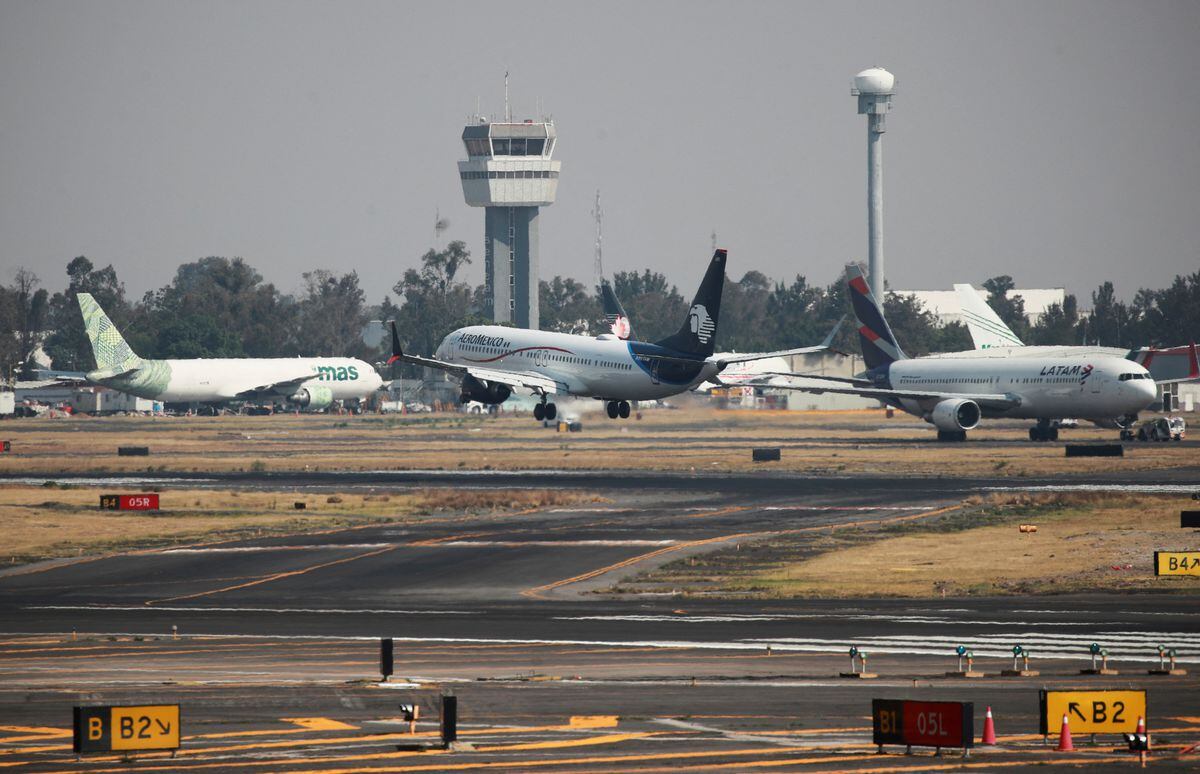Mexico’s airline industry continues to lose interest: specialists

MEXICO CITY - Specialists and analysts of the global air sector agreed that the current poor connectivity of the Felipe Angeles International Airport (AIFA) is causing the air terminal to be more of an obstacle than a benefit for Mexican air development.
According to ATW, a U.S. magazine specializing in aviation, the low availability of travel, the terminal's remoteness from Mexico City, as well as pressure on some airlines from the Mexican government to move more operations to AIFA, could be causing national and international airline companies to set their interests in other countries, affecting the national sector.
"The idea of building a new airport in Mexico City is a good idea; (but) they just put the cart before the horse," Fabricio Cojuc, an independent aviation consultant and former director of networks for Mexicana, told ATW.
According to analysts interviewed by the magazine, an imminent reduction in flights at Mexico City International Airport (AICM) will cause fares to rise, which will directly affect the supply and demand of the air terminal, with negative consequences for airlines, workers and customers.
For such reason, Mexico City would lose certain attractiveness, since companies would prefer to land in other airports rather than in the Valley of Mexico.
For such reason, Mexico City would lose certain attractiveness, since companies would prefer to land in other airports rather than in the Valley of Mexico.
"(Airlines) are reducing capacity at Mexico City International Airport and moving it to strengthen capacity in the United States and other terminals in Mexico in the short term, away from the City, in other markets, from Mexico to the United States," Cojuc added.
Meanwhile, the analysts consulted emphasized that the cancellation of the New International Airport of Mexico (NAIM) was one of the worst decisions of the current federal government, since it directly affected the national airline industry, both in terms of competitiveness and development.
For Peter Cerdá, regional vice-president of the International Air Transport Association (IATA) for the Americas, it is necessary for Mexican authorities to "urgently" focus on improving the infrastructure, terminals and runways of the AICM.
"The frustrating thing here is that the Texcoco terminal was an airport that Mexico needed and had the full support of the airline industry. We are being asked, as passengers and airlines, to pay the bonds through user fees for the dismantling of the airport, something we never wanted to happen," he said.
It is worth mentioning that the NAIM was one of the flagship projects of then President Enrique Peña Nieto; however, after winning the elections, López Obrador's administration cancelled the project, arguing that the development of the terminal in Texcoco was plagued by corruption.
Now, the Mexican public administration faces a US$6 billion debt due to the cancellation of the airport.




